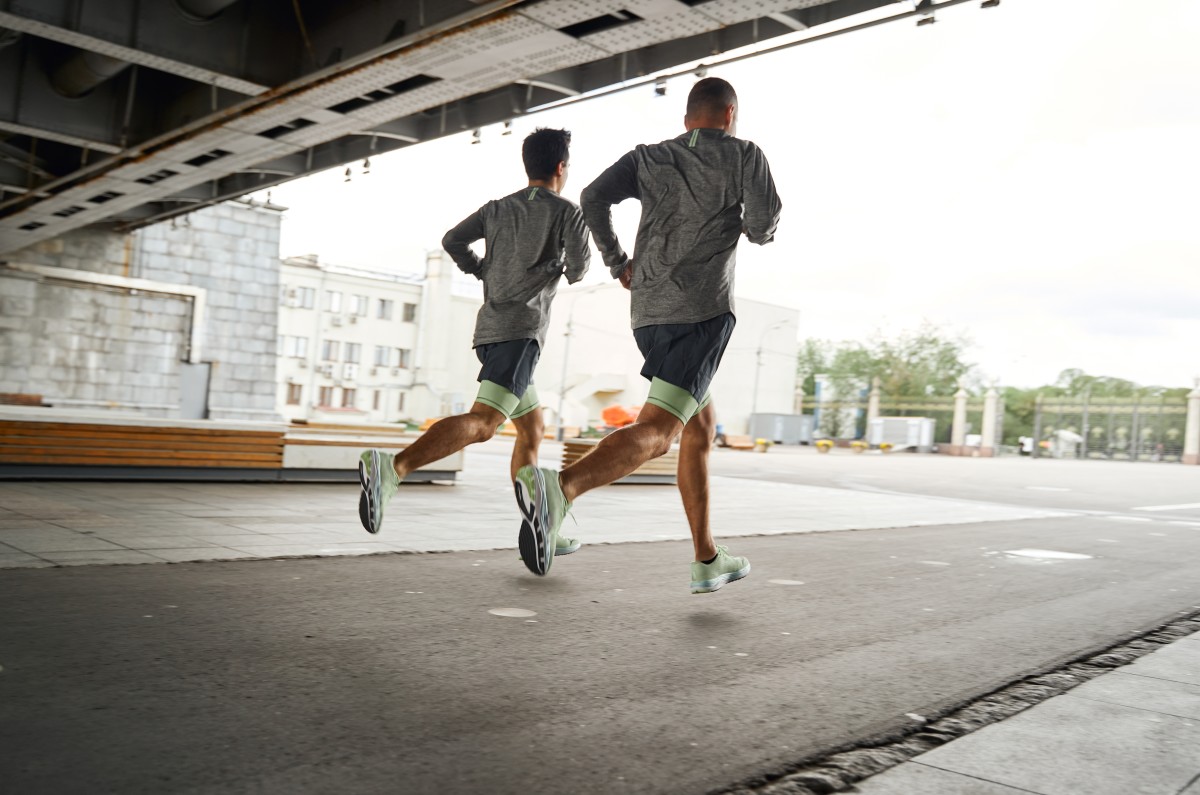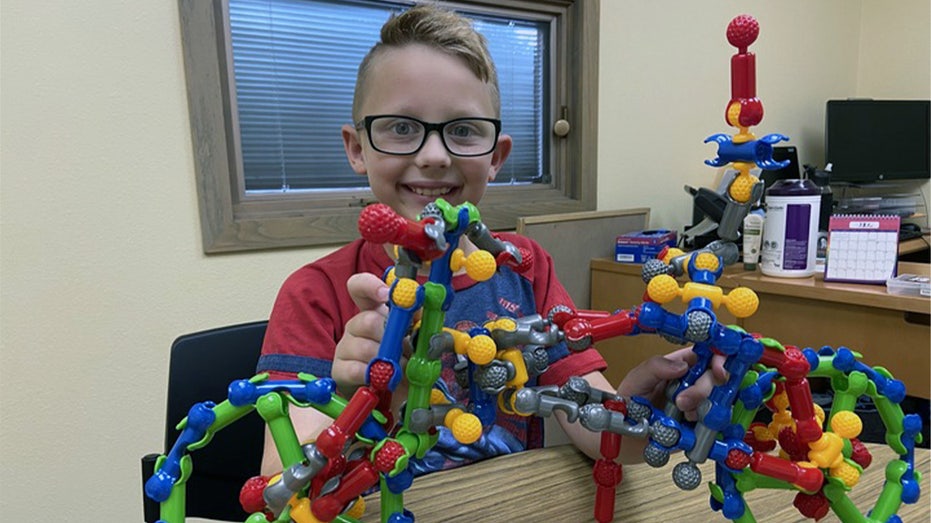Discover the Best Running Cadence for Peak Performance and Fewer Injuries
Your stride might be holding you back.

We’re living in the golden age of running—you can try HYROX, local run clubs, high-tech shoes, and all the gear you could ever want. But whether you’re jogging around the block or training for your tenth marathon, one thing remains essential: proper running technique. And at the core of good form is one often overlooked factor—your running cadence.
Cadence might sound simple (it’s just steps per minute, right?), but there are plenty of myths and misconceptions that can trip up even seasoned runners. Below, we break down everything you need to know about this fundamental aspect of running mechanics—why it matters, how to fine-tune it, and how it can help you avoid injury, run more efficiently, and maybe even shave some time off your next 5K.
What Is Running Cadence?
Strictly speaking, running cadence is the number of steps you take per minute (SPM). But more than that, it’s “a measurement that reflects how frequently you contact the ground,” says Mario Castellanos, a running coach based in Spain. For that reason, it’s a critical component of your overall running performance.
Why You Should Focus on Your Running Cadence
When it comes to assessing your form, cadence is one of the key metrics, says Castellanos. “Improving your cadence can help you to run more efficiently, optimize your economy of motion, and reduce the risk of injuries,” he adds.
In general, he says, a higher cadence is associated with less contact time with the ground. That makes sense because you’re taking more steps per minute, so each one lasts for a shorter amount of time and therefore produces less impact on your body. It can also increase your overall speed because every time your foot hits the ground, it propels you forward.
That being said, you don’t necessarily want the highest SPM possible.
How to Measure Your Running Cadence
Most running apps and smart watches (like Garmin or Apple) automatically measure your running cadence. However, if you want to do it manually, the process is easy: Find a relatively straight, flat patch of ground, time yourself for 30 seconds, count the number of steps you take, and then multiply that number by two. If you want an even more accurate SPM, time yourself for the entire minute.
Castellanos recommends measuring your SPM at a light pace and also at your competition pace. If you want even more insight into your gait, you can also measure the cadence of your walk, jog, and sprint. All of these metrics may help you as you consider modifying your cadence.
Is There An Ideal Running Cadence?
Since the 80s, conventional wisdom has said that 180 SPM is the ideal running cadence. This idea is based on a study of runners from the 1984 Olympic Games, but newer studies have shown that some elite runners have an SPM as low as 155 or as high as 203.
That variability makes sense for a number of reasons. For one, a higher SPM may result in less impact on your joints, but it also has a drawback, says Castellanos. A longer stride covers more ground, but it also requires more energy, meaning you’ll end up feeling more fatigued. Secondly, a number of factors influence running cadence, including height, weight, stride length, speed, fatigue, and even the shoes you’re wearing.
Castellanos agrees that there’s no ideal SPM but offers a rough guide as a point of reference: “Many studies have found that, for long-distance runners, between 170 and 190 steps per minute is usually what’s efficient,” he says. “That being said, what’s most important is finding a range that’s natural for you and that allows you to run comfortably and efficiently.”
Related: This German Strength Training Method Is 2X More Effective for Muscle Growth
How to Increase Your Running Cadence
Generally, runners with less experience are closer to the ground while they run and spend more time in contact with the running surface, which means they have a lower SPM.
If you want to work to increase your cadence, Castellanos recommends doing so gradually, with a five to ten percent increase to start with. To hit the right rhythm, he advises using a metronome or music at the target tempo. For example, if you want to hit an SPM of 180, you can run to music with a BPM of 180 (there are plenty of playlists on sites like YouTube and Spotify.
To really feel that new tempo in your body, you can run in place for a minute or two before starting your run in earnest. Then, incorporate the following drills into your warm-up or cool-down:
1. Fast Feet — 3 sets of 15 seconds
Stand tall and run in place with very fast, small steps—aiming for speed, not height. The goal is light, quick foot contact.
2. A-Skips — 2 sets of 20 meters
Skip forward with high knees and rhythmic arm swings. The goal is a quick foot strike and a powerful knee drive.
3. Butt Kicks — 2 sets of 20 meters
Kick your heels toward your glutes as you run forward. The goal is quick foot turnover.
4. Strides — 60-100 meters
Gradually accelerate to ~90% of max effort. The goal here is a smooth, fast cadence under light fatigue.
Then, as you’re cruising around the track, the trails, or the HYROX course, think about your stride becoming quicker but not necessarily shorter. The goal, after all, is to be in contact with the ground for less time overall. If you’re really struggling to get the higher SPM, also consider running up a hill, which will naturally force you into a higher cadence.
Increasing your cadence will likely feel uncomfortable at first, which is why you should start drilling the new technique well ahead of your next race. But if you can adapt to the new rhythm, the potential benefits are huge: You'll likely not only lower your risk of injuries, but also score a faster race time overall.













































































